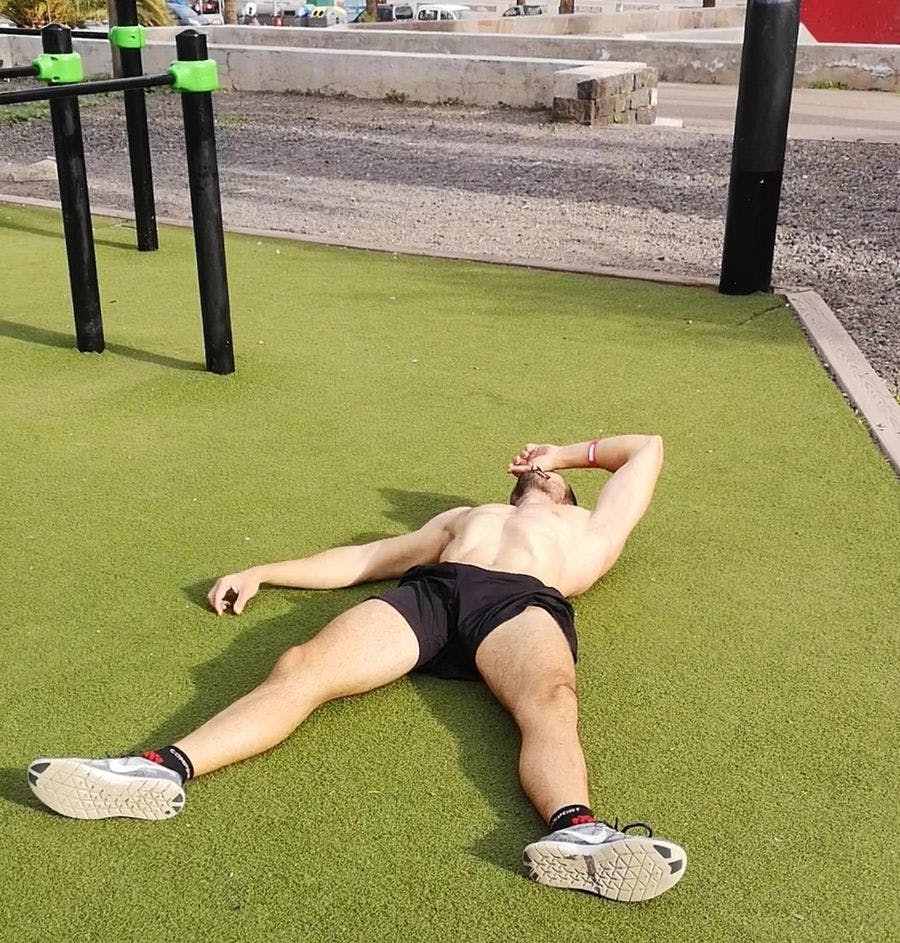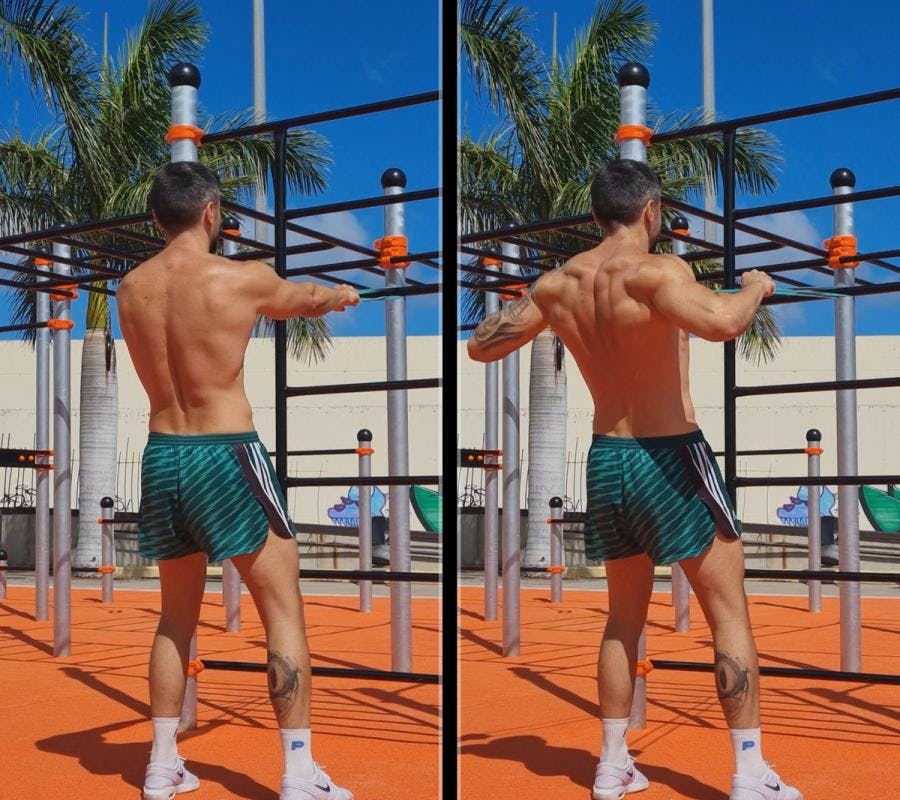
What to eat before your Calisthenics training
Not sure what to eat before training calisthenics? In this article, we explain the ideal pre-workout nutrition based on your specific type of training session.

Calisthenics training is usually quite gentle on the joints and very healthy in general, as long as it is well planned and no serious mistakes are made in technique or intensity selection. But, even so, there is a small percentage of people who can see their progress frustrated by the appearance of some pain, discomfort or injury.
In today's article we are going to see what is the protocol that I personally apply when I encounter a problem of this type to solve it as soon as possible, so that it does not affect my training and does not appear again in the future.
In my experience, the most common pains or injuries in calisthenics occur in the wrists, elbows, shoulders and the muscles peripheral to these joints. The protocol that I am going to describe below has helped me to eliminate problems of this type and prevent them from happening again, so let's see what it consists of.

To avoid issues of injuries, pain, discomfort, the simplest thing would be to prevent them from occurring in the first place. To do this, you have to try to make sure that your warm-up is complete and appropriate for the exercises you are going to do, that the intensity of your routine and the difficulty of the exercises is in line with your ability, that the technique of each exercise is adequate and that you have enough rest and recovery between sessions.
If you need examples of warm-up routines at Calisteniapp we have several, which you can consult here.
In my experience, the most common cause of injuries in calisthenics is directly trying exercises that are still too difficult for your ability, such as, for example, the typical case of beginners who try to do planche progressions. Or also, doing many repetitions of exercises that you still are not adapted to, such as, for example, the case of people who have just achieved the muscle up and start doing dozens of repetitions in each workout.
So keep these factors in mind, as they can help you avoid any problems and that is more valuable than having to manage how to recover from the injury later.
But, if these tips come too late and you already have some discomfort or injury, we will continue with the following steps.

The first thing you should do if you suffer from any of these situations is to have a doctor or a physiotherapist analyze your case, give you a diagnosis and prescribe a treatment.
I think that, at the very least, it is important that you have one or two sessions with a physiotherapist, since this will give you a clear idea of what you have, in addition to speeding up and facilitating recovery.
If, due to financial reasons or your personal situation, you cannot go to a professional, you can still take the following steps that I am going to explain, but obviously it would be under your responsibility.
When you go to the physiotherapist or doctor to treat your problem, insist on knowing clearly how you have to deal with the injury. Above all, I think it is important to know what rehabilitation and strengthening exercises he or she recommends.
In case you have not been able to go to a professional, you can look for these exercises on your own. Personally, a channel called Squat University has helped me a lot. You can search for your specific injury and it will have several videos explaining how to avoid pain, heal and rehabilitate your injury. But, obviously, you also have many other quality resources from people with extensive knowledge that can help you.
Also in our app Calisteniapp we have a mobility routines section where you can find specific warm-up and preparation routines for different joints, mobility routines for specific areas and much more that will help you a lot, take a look.

Once you are clear about what exercises to do for your rehabilitation, you must do the following:
Now that you have your plan in place, it's time to execute it. Get into the habit of always warming up with your rehabilitation and strengthening exercises without fail, and then do your pain-free routines that don't cause discomfort in the affected area.
You'll notice yourself improving, and after a reasonable amount of time, usually at least a couple of weeks, you could start to include the exercises you removed again, but, as we mentioned before, always with simple progressions to test whether they cause you pain or not. If everything goes well, you could gradually increase the difficulty until you return to the level you were at before the injury, but this time safely.
If you see any clear signs of pain in the area, discomfort or a relapse of the injury, stop and start again. If necessary, re-evaluate your planning and check if you need to modify anything.

I recommend that, even if some time passes and you notice that you have completely healed and are back to your previous level, you continue doing the exercises in the warm-up for at least one or two more months, to ensure that you strengthen the area well and prevent future problems. In my personal case, I have left some of these exercises in my warm-up forever, since I find them very useful and this way I make sure that I am well prepared in the joints that tend to suffer the most injuries.
With all that has been explained, you now have a complete protocol to deal with any problem you may have in your training. I hope it will be very helpful.
By Yerai Alonso

Yerai Alonso
Cofundador de Calisteniapp, referente en calistenia y el street workout en Español. Con más de una década de experiencia, es creador de uno de los canales de YouTube más influyentes del sector. Autor del libro La calle es tu gimnasio, campeón de Canarias y jurado en competiciones nacionales e internacionales.
Join our newsletter
Learn everything you need to know about calisthenics

Not sure what to eat before training calisthenics? In this article, we explain the ideal pre-workout nutrition based on your specific type of training session.

If you want to know everything about how to make dragon flags, here's a complete guide geared towards real progressions.

A detailed breakdown of all calisthenics statics. Learn about muscle activation, movement patterns, and precise execution for every isometric skill.
